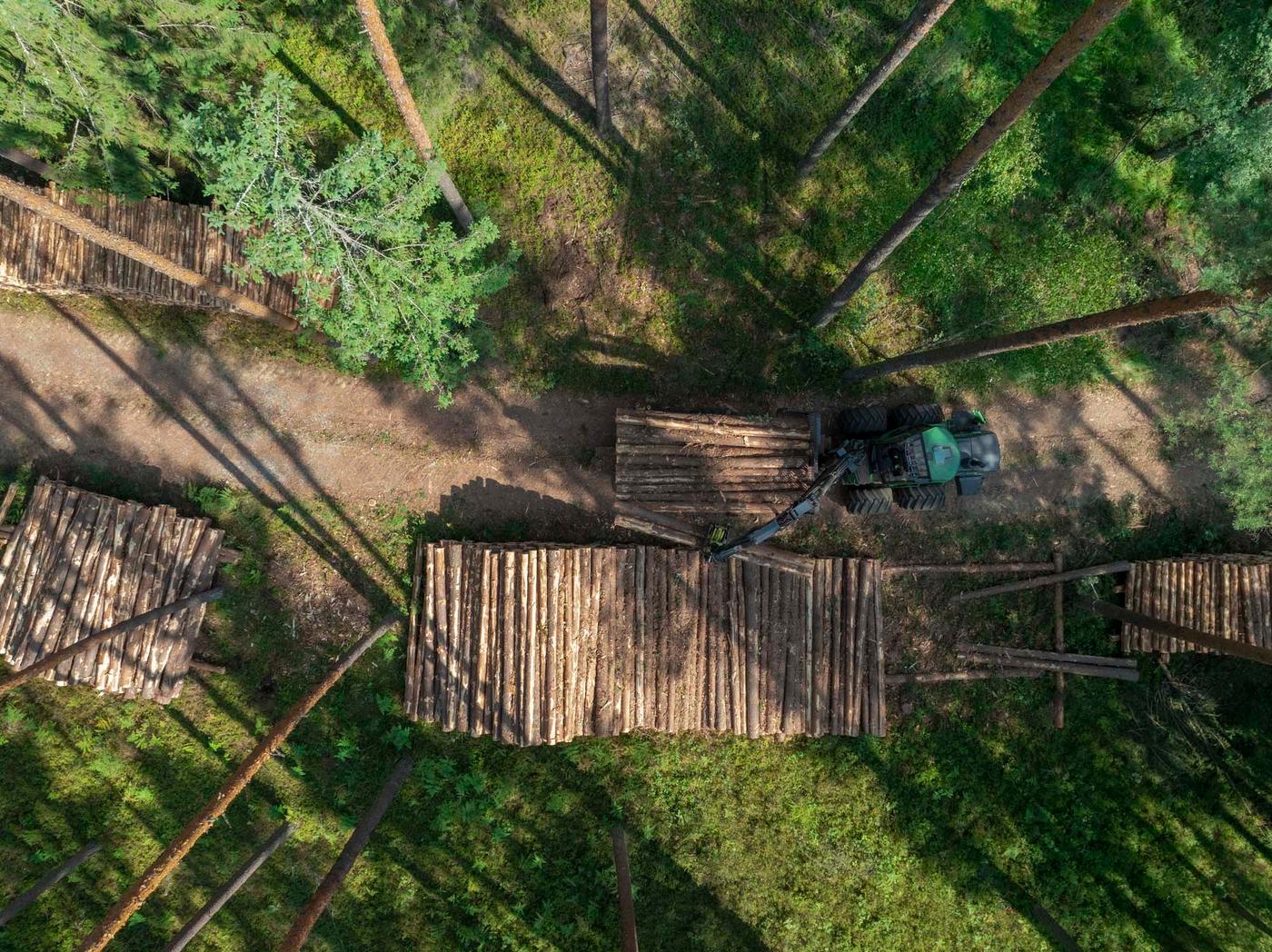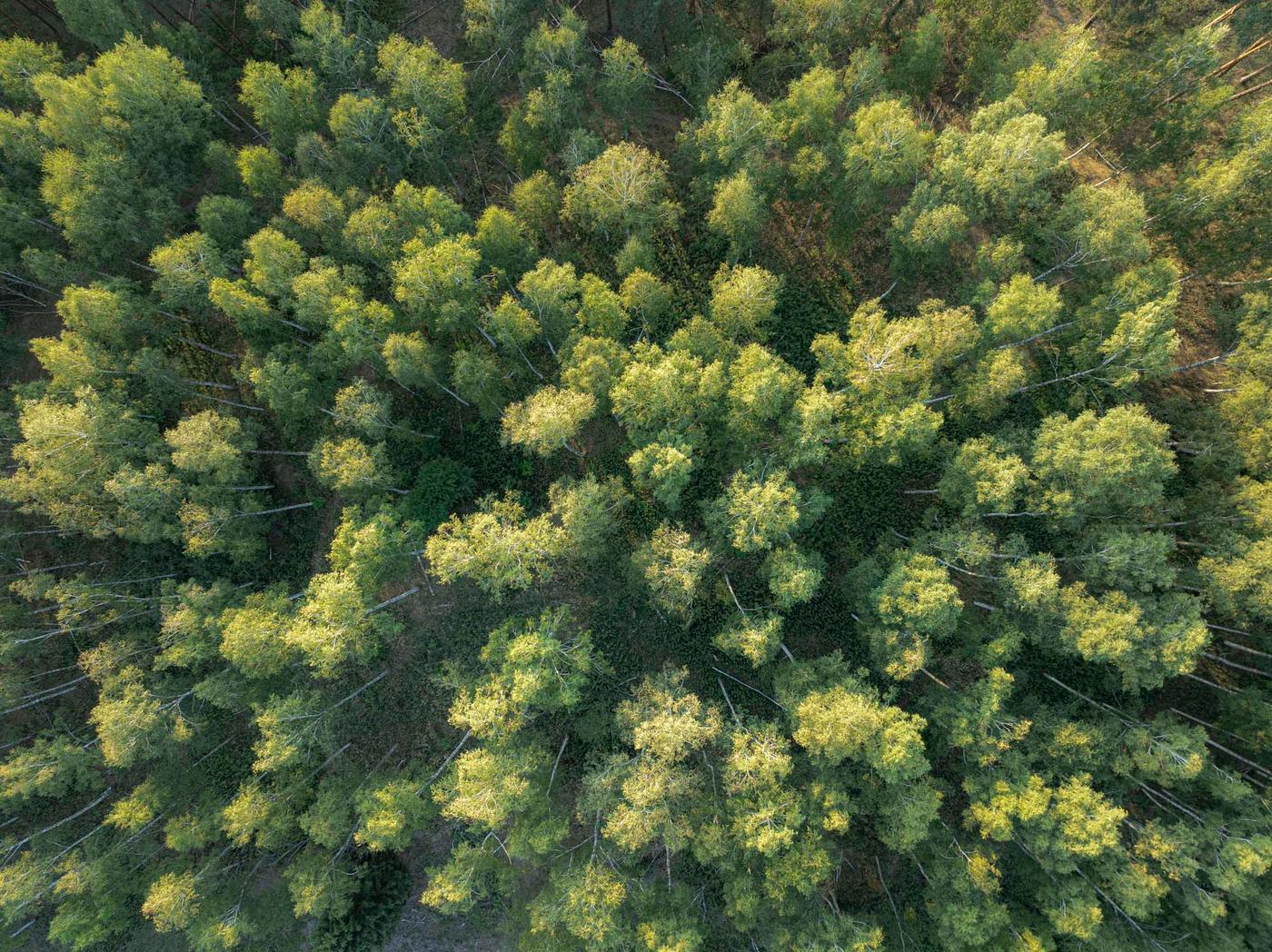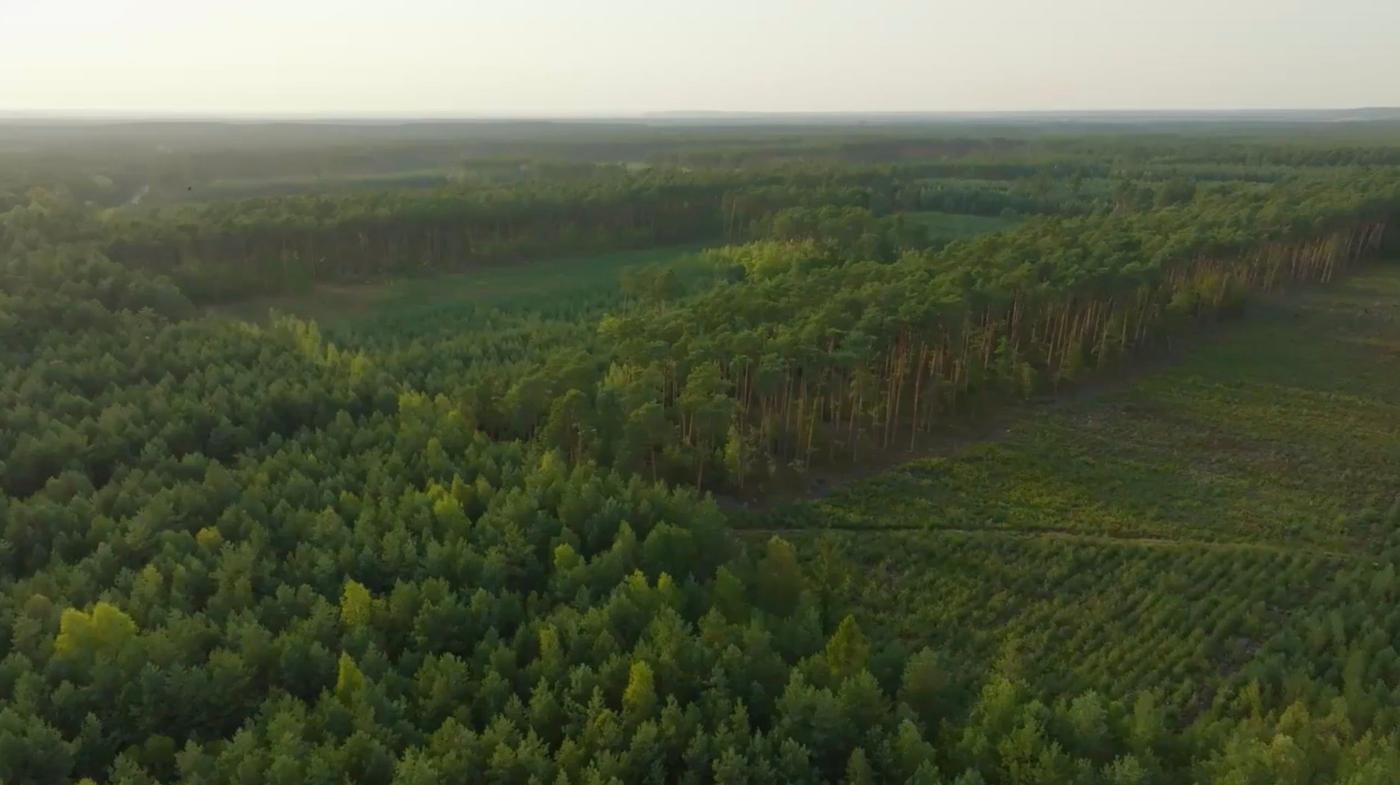The wood we use
The wood used in IKEA products comes from many locations around the world. Learn where it grows, how much we use, and the types of wood we source. You can also find out how we make sure it comes from responsibly managed forests.

Fast facts:
- In FY24, 97% of the total wood used by IKEA (for our products and indirect materials like packaging) was FSC-certified or recycled*.
- In FY24, IKEA suppliers processed approximately 13.4 million m³ of round wood equivalent for our products.
- Approximately 16% of our total wood use in FY24 was recycled wood.
* Due to ever changing business environment, the number can fluctuate to around 98%, but in all cases our basic forestry requirements must have to be met.
Where exactly does IKEA get its wood from?
This global map shows where the wood material (excluding paper) used in IKEA products comes from, along with other relevant information such as overall supply percentages, species of wood and volume per market. Interact with the map below to see figures from wood-sourcing locations in that area. From there, you can even take a more detailed look at each location.
We require that suppliers use FSC-certified or recycled wood in our home furnishing products. All information presented here is valid for Fiscal Year 2024 (FY24) with a reporting period from 1 September 2023 to 31 August 2024 and, unless otherwise specified, applies to virgin wood use in IKEA home furnishing products (excluding paper).

Which market supplies the most virgin wood for IKEA products?
| Country | Percentage |
|---|---|
| Poland | 29% |
| Lithuania | 13% |
| Sweden | 10% |
| China | 10% |
| Germany | 6% |
| Romania | 4% |
| Czech Republic | 3% |
| Slovakia | 3% |
| Latvia | 3% |
| Vietnam | 3% |
| Other | 16% |
Types of wood-based material used in IKEA products
| Type of wood | Percentage |
|---|---|
| Composite | 66% |
| Solid wood | 25% |
| Other | 9% |
For example, paper and paper based covering
The top wood species used in solid wood-based IKEA products

How does IKEA make sure its wood comes from responsibly managed forests?
We have a comprehensive wood control system in place to make sure the wood we use is responsibly sourced. We do not accept wood that fails to meet our strict requirements, such as wood from illegal harvests, non-commercial high conservation value forests, areas with social conflicts, or genetically modified tree plantations. If we discover irregularities, we take immediate action.
More about our wood control system
Meet the people behind our responsible wood sourcing verification
